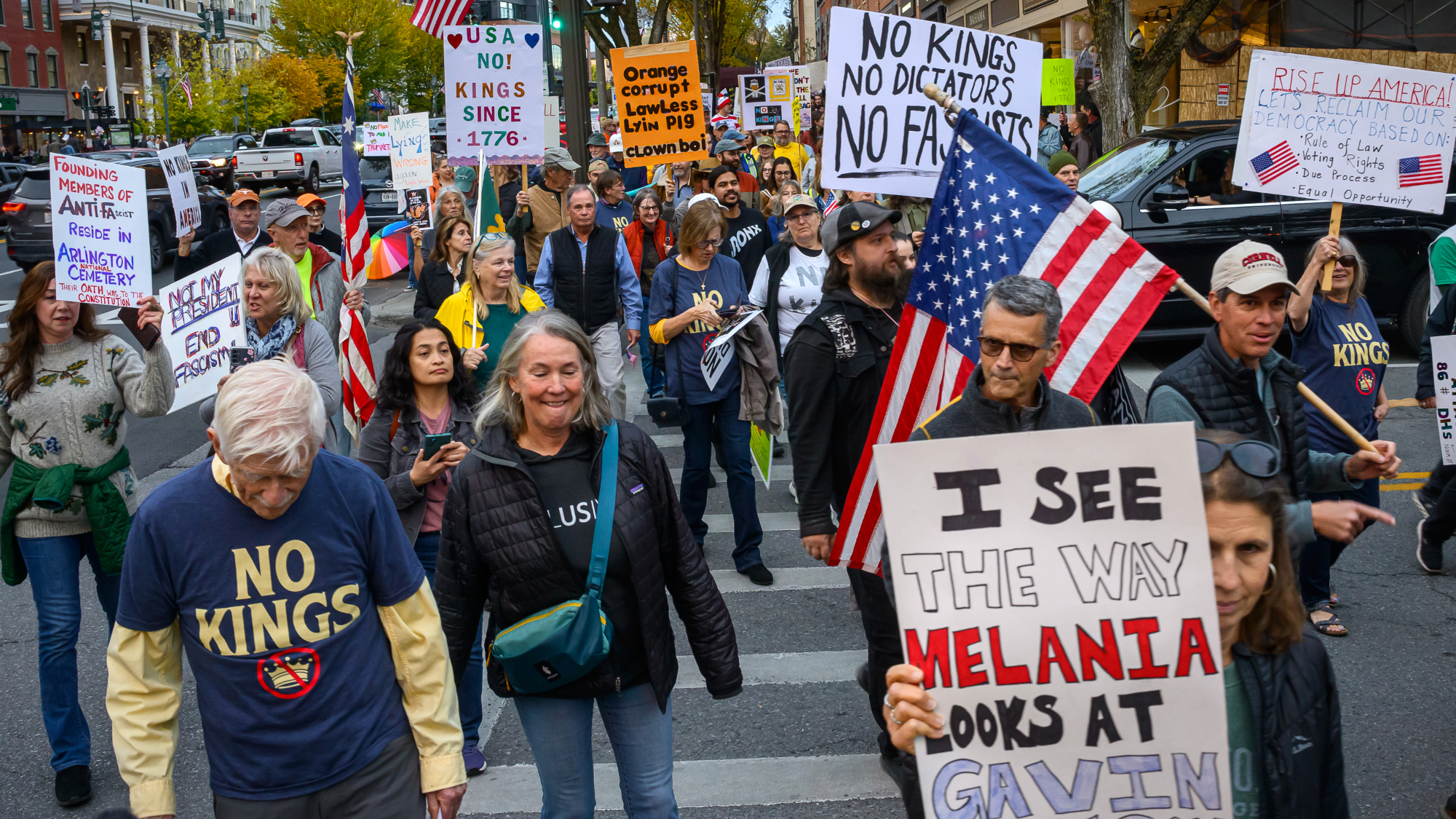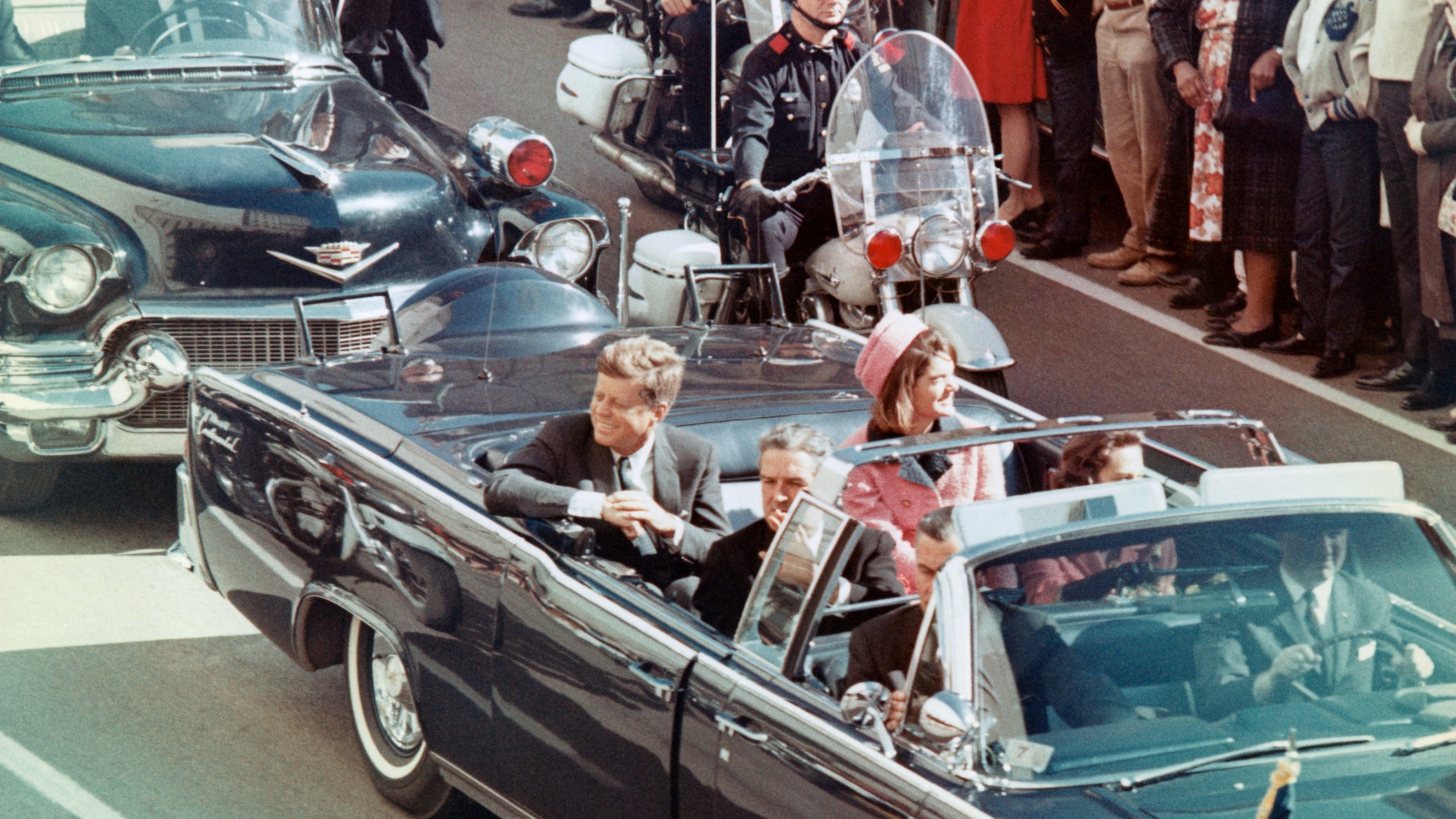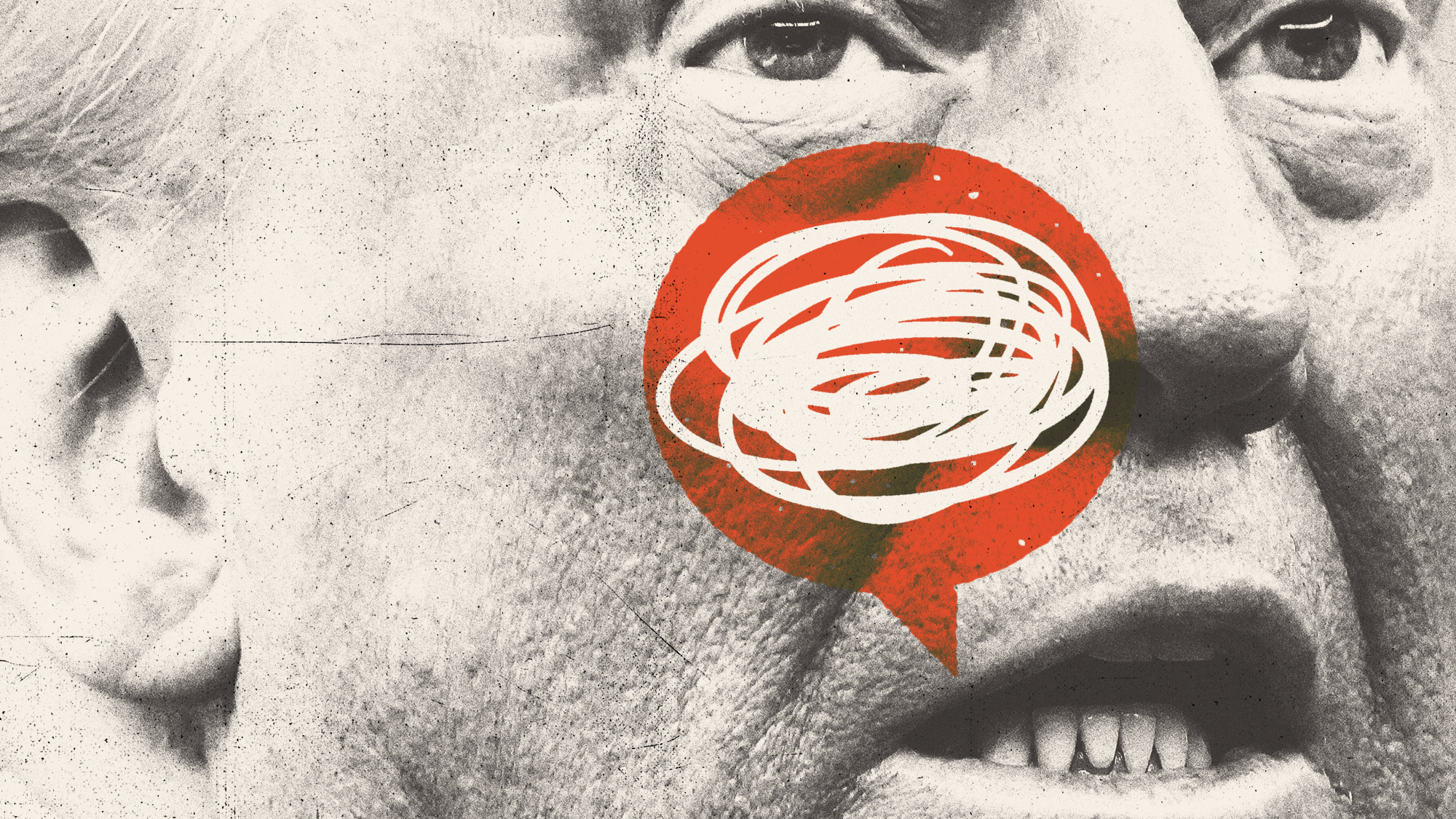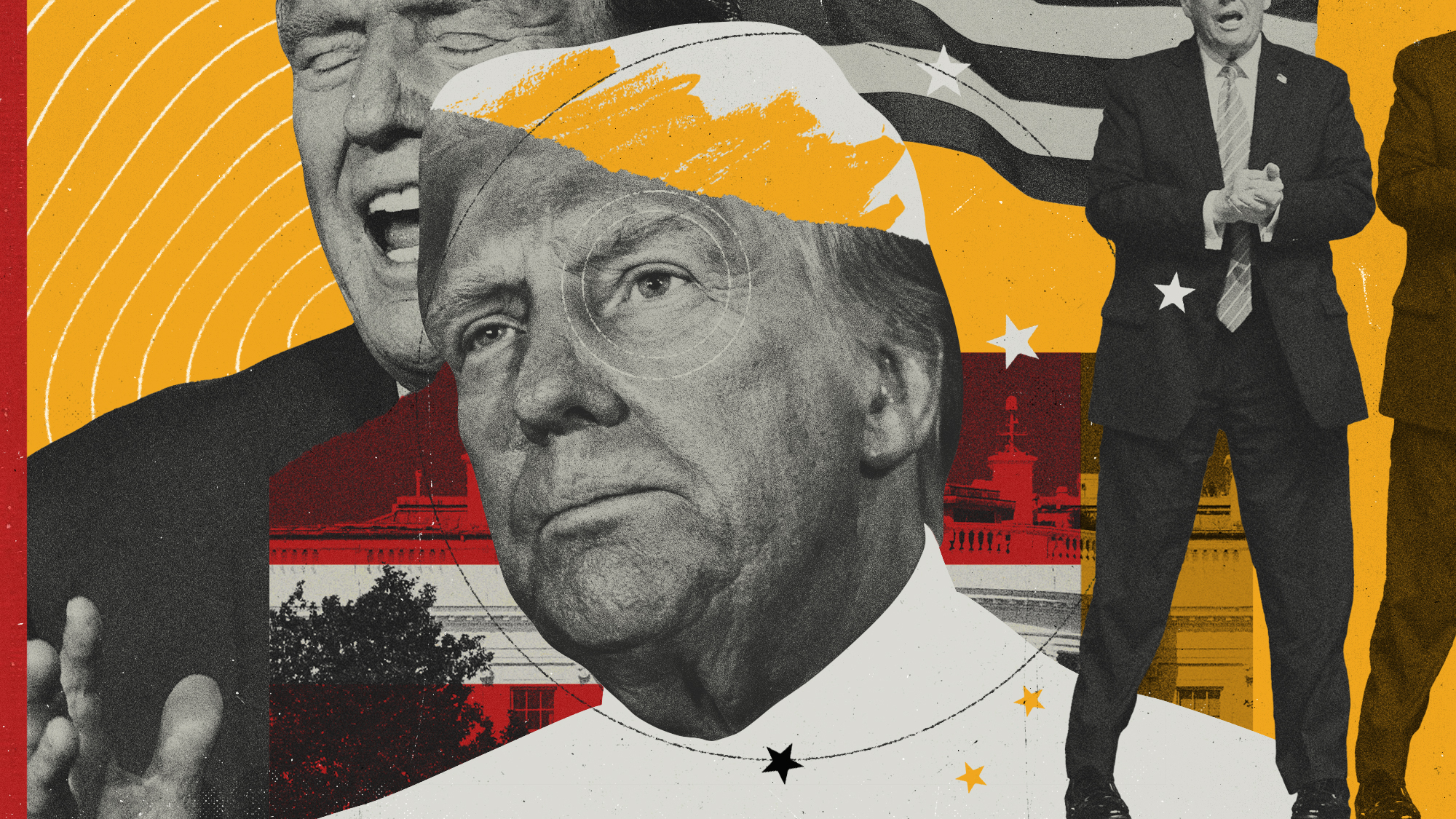A wild week transforms Wall Street
Just two weeks after the takeover of Fannie Mae and Freddie Mac, the U.S. government forced Lehman Brothers into bankruptcy, midwifed a hasty takeover of Merrill Lynch, and committed $85 billion to rescue AIG.
In a dizzying sequence that shook the global financial system to its foundations, the U.S. government this week forced a major Wall Street investment bank into bankruptcy, midwifed a hasty takeover of America’s best-known investment firm, and committed $85 billion to an extraordinary rescue of one of the world’s biggest insurance companies. The dramatic events came just two weeks after Treasury Secretary Henry Paulson spearheaded the federal takeover of mortgage giants Fannie Mae and Freddie Mac. Although the moves were aimed at calming investors, markets seesawed wildly, with most global stock indexes recording heavy losses. “It’s the worst news out of Wall Street since I’ve been alive,” said mutual fund manager Steve Romick.
The financial drama began Monday with the bankruptcy filing of Lehman Brothers, a 158-year-old investment bank with 26,000 employees that has been crippled by heavy debt and investments in failed mortgage securities. Lehman sought bankruptcy-court protection after Paulson refused to grant federal help to facilitate a sale to a private buyer. Hours later, Merrill Lynch, recognizing that it couldn’t count on federal assistance, accepted Bank of America’s
$50 billion takeover bid. A day later, the Federal Reserve agreed to lend insurer AIG $85 billion, forestalling a bankruptcy filing that could have precipitated a worldwide financial panic.
The Week
Escape your echo chamber. Get the facts behind the news, plus analysis from multiple perspectives.

Sign up for The Week's Free Newsletters
From our morning news briefing to a weekly Good News Newsletter, get the best of The Week delivered directly to your inbox.
From our morning news briefing to a weekly Good News Newsletter, get the best of The Week delivered directly to your inbox.
Congressional leaders and both presidential candidates praised the government’s actions, but said the turmoil underscored the need for tighter regulation. “The private market screwed itself up,” said Rep. Barney Frank, chairman of the Financial Services Committee, “and needs the government to come help them unscrew it.”
What the editorials said
It’s “politically convenient” for Congress to call for more regulation, said The Wall Street Journal, but that impulse must be resisted. Already, “the banking system is reforming itself right before our eyes.” Banks are reducing their own debt, acknowledging their losses on bad investments, and rediscovering prudence in lending. Let the process play itself out without meddling from Washington.
Unrestricted market forces are exactly what created this crisis, said the Los Angeles Times. Fueled by cheap money and the illusion that housing prices would rise forever, the free market inflated the housing bubble now exploding all around us. More convulsions will follow unless Washington develops a “mechanism to guard the financial system as a whole against future bubbles.”
A free daily email with the biggest news stories of the day – and the best features from TheWeek.com
What the columnists said
Say this for Treasury Secretary Paulson: “He knows when to hold ’em and when to fold ’em,” said Steve Pearlstein in The Washington Post. Paulson “was desperate to demonstrate” that the government was not going to bail out every troubled financial institution in the land. So he gambled that the system could survive the failure of Lehman, and his resolve spurred Merrill Lynch to seek a deal while it was still worth something. The shakeout wasn’t “neat or even fair,” but Wall Street—and America—will probably be better for it.
Paulson made a carefully calibrated choice when he rescued AIG but let Lehman die, said Vincent Reinhart in The Wall Street Journal. He decided, rightly, that “Lehman did not cast a long enough shadow over markets to warrant support.” AIG—along with Fannie Mae and Bear Stearns, whose debt the government essentially guaranteed—were very different cases. So many other institutions depended on their products and services that their collapse could have paralyzed the whole financial system.
But does the federal government actually have a coherent strategy? asked David Leonhardt in The New York Times. Ever since the government-assisted sale of Bear Stearns in March, Paulson has sprinted from crisis to crisis “with little attention to the underlying reasons that the economy has gotten into this mess.” Until Washington goes “beyond short-term fixes” and tackles the root causes of our economic problems—too little savings and too much spending on unproductive investments—we’re doomed to repeat this miserable cycle of bubbles and busts.
What next?
Following the AIG deal, Wall Street turned its attention to Washington Mutual, the nation’s largest savings and loan. A growing portion of the bank’s $300 billion mortgage portfolio is in default or foreclosure, and the firm is nearly insolvent. Federal officials have canvassed major banks to gauge their interest in acquiring the thrift, but none seems inclined to take on WaMu’s problems—at least not without federal assistance.
-
 Political cartoons for January 3
Political cartoons for January 3Cartoons Saturday's political cartoons include citizen journalists, self-reflective AI, and Donald Trump's transparency
-
 Into the Woods: a ‘hypnotic’ production
Into the Woods: a ‘hypnotic’ productionThe Week Recommends Jordan Fein’s revival of the much-loved Stephen Sondheim musical is ‘sharp, propulsive and often very funny’
-
 ‘Let 2026 be a year of reckoning’
‘Let 2026 be a year of reckoning’Instant Opinion Opinion, comment and editorials of the day
-
 Bari Weiss’ ‘60 Minutes’ scandal is about more than one report
Bari Weiss’ ‘60 Minutes’ scandal is about more than one reportIN THE SPOTLIGHT By blocking an approved segment on a controversial prison holding US deportees in El Salvador, the editor-in-chief of CBS News has become the main story
-
 Has Zohran Mamdani shown the Democrats how to win again?
Has Zohran Mamdani shown the Democrats how to win again?Today’s Big Question New York City mayoral election touted as victory for left-wing populists but moderate centrist wins elsewhere present more complex path for Democratic Party
-
 Millions turn out for anti-Trump ‘No Kings’ rallies
Millions turn out for anti-Trump ‘No Kings’ ralliesSpeed Read An estimated 7 million people participated, 2 million more than at the first ‘No Kings’ protest in June
-
 Ghislaine Maxwell: angling for a Trump pardon
Ghislaine Maxwell: angling for a Trump pardonTalking Point Convicted sex trafficker's testimony could shed new light on president's links to Jeffrey Epstein
-
 The last words and final moments of 40 presidents
The last words and final moments of 40 presidentsThe Explainer Some are eloquent quotes worthy of the holders of the highest office in the nation, and others... aren't
-
 The JFK files: the truth at last?
The JFK files: the truth at last?In The Spotlight More than 64,000 previously classified documents relating the 1963 assassination of John F. Kennedy have been released by the Trump administration
-
 'Seriously, not literally': how should the world take Donald Trump?
'Seriously, not literally': how should the world take Donald Trump?Today's big question White House rhetoric and reality look likely to become increasingly blurred
-
 Will Trump's 'madman' strategy pay off?
Will Trump's 'madman' strategy pay off?Today's Big Question Incoming US president likes to seem unpredictable but, this time round, world leaders could be wise to his playbook